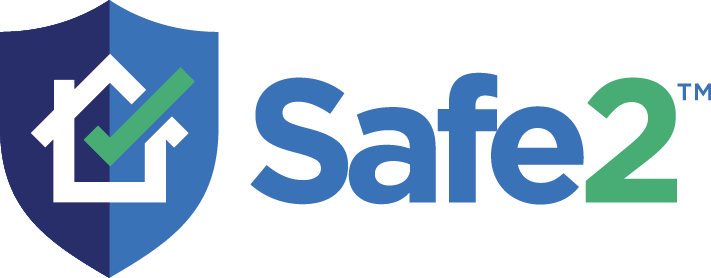Emergency Lighting Inspection
When it comes to fire safety in any property, there are certain essential risk assessments and checks you’ll need to take to ensure everybody’s safety.
If you’re the landlord of an HMO or manage a block of flats there are often many other additional considerations.
As well as a conducting a Fire Safety Assessment, you’ll also need to ensure that your obligations and legal responsibilities are up to speed in respect of testing the emergency lighting – a mandatory requirement for all HMOs.

What is emergency lighting?
Emergency lighting exists to provide light and illumination if a building experiences a power outage.
It includes all sources of light that run on a battery-powered system that’s separate to the building’s main power supply, and it’s designed to automatically turn on if the main power isn’t working.
Emergency lighting testing – your duty as a landlord
If you’re the landlord of an HMO, you’ll need to make sure that the necessary emergency lighting is not only installed, but also properly maintained. This includes ensuring that it’s tested ‘regularly’, whether that’s required daily, monthly or annually.
How often should HMO emergency lighting be tested?
Regardless of whether you’re the landlord of a smaller HMO or a licensed larger one, your emergency lighting should be tested each month in order to ensure that it’s functioning at a basic level.
At least once a year you’re required to have a full Emergency Lighting Inspection carried out. This will take a longer period of time be much more thorough. The annual inspection should test the lighting for it’s full duration – that’s how long it will provide light if there’s been a power outage. According to the law here in England and Wales, your emergency lighting should last for a period of at least three hours.
It’s best practice for all tests relating to emergency lighting to be carried out by a qualified electrical engineer who is qualified and competent to do the job. The results should be recorded accurately in a log book, which should also note the dates and times of when any tests were carried out.
After the inspection, you’ll be provided with an emergency lighting certificate which you’ll need to provide to your local council if your HMO is licenced (occupied by five or more people making up more than one household).

Put the spotlight on safety with an Emergency Lighting Inspection from Safe2
We’re here to make things easier.
Being a HMO landlord or block manager can require a lot of time and commitment, but we’re here to help. Arranging your Emergency Lighting Inspection with Safe2 and ensure that you’ve got your legal obligations conveniently covered.
Our Safe2 approved contractors will carry out your inspection to the highest possible standard, meaning you can be sure that:
- Your emergency lighting has a duration that meets the legal requirement of least three hours.
- Each light has been checked for functionality and any damage.
- The areas of the property tested each have lighting coverage and signage that’s sufficient in the event of a power outage.
After our Safe2 contractor has carried out your HMO Emergency Lighting Inspection, you’ll be provided with an emergency lighting certificate to confirm that your property is safe and secure.


